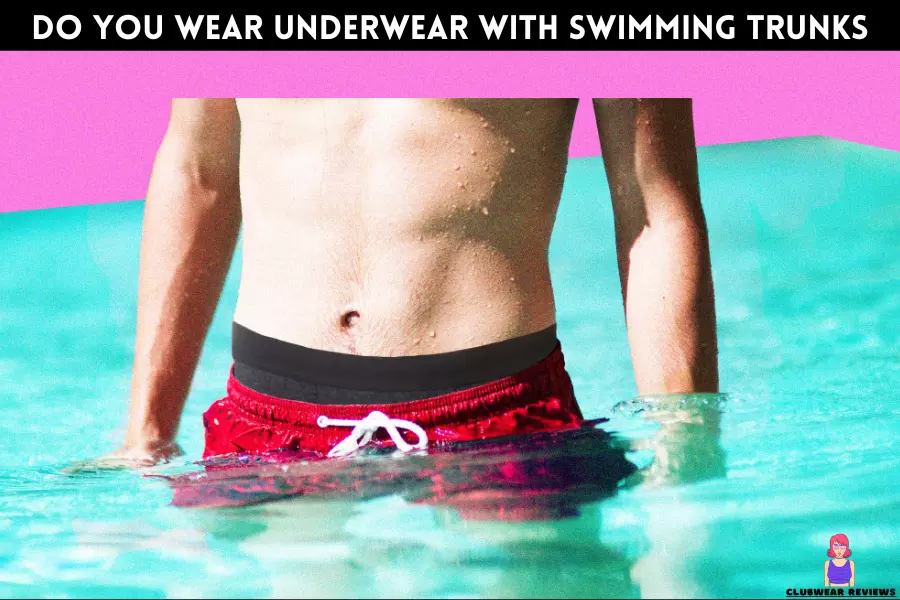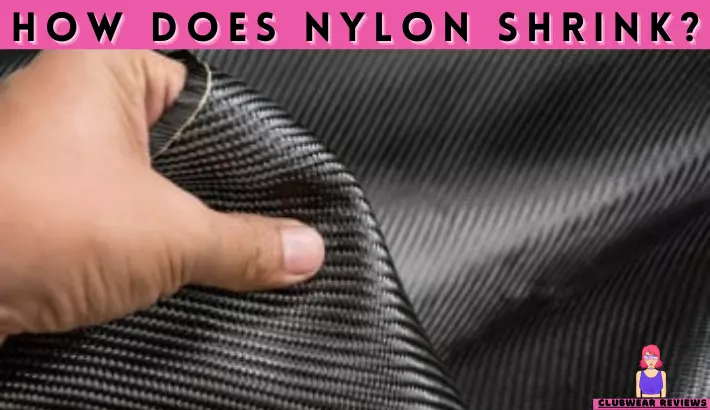What is the best fabric for swimwear – mystery Resolved
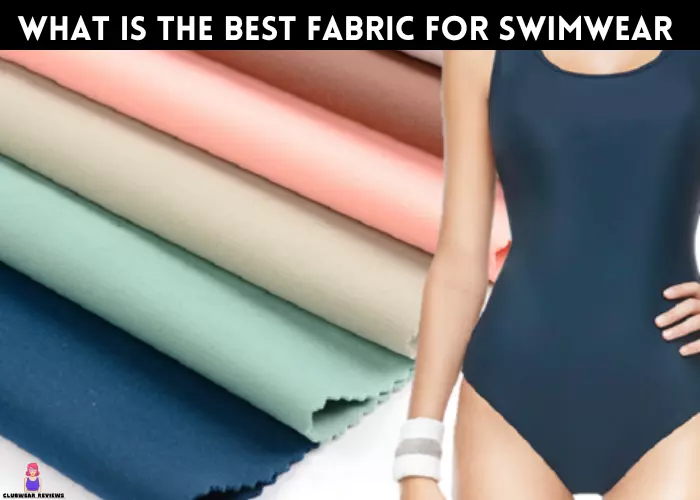
In today’s world, Swimwear is often seen as a chic way to show off your curves. However, what is the best fabric for swimwear? Various factors such as fabric type, fit, and durability must be considered before deciding. Some materials are better suited for specific activities or climates than others, so it’s essential to do your research before committing to a particular piece.
A few different fabrics can be used for Swimwear, and each has unique benefits. Some fabrics are better for providing support during swimming because they have properties that make them stiffer than other fabrics. Consider the fabric’s ability to wick moisture away from the body, how it will hold up in chlorine and salt water, and how it feels against the skin.
What is the best fabric for swimwear – Top Five
Regarding Swimwear, there are a few things to consider: what type of material is the best for you, and what style will flatter your body type. Here’s a breakdown of the different kinds of swimsuit materials and some tips for choosing one for your shape. Swimsuit fabrics come in four main types: nylon, polyester, spandex, Lycra and cotton. There are a few different types of swimwear fabric available on the market.
- Nylon is the most popular choice because it dries quickly and resists fading in the sun. It also has a high level of stretch, which makes it comfortable and easy to move in. Nylon is lightweight, durable, and resists chlorine well. It also dries quickly, essential when swimming in salt water or chlorinated pools. However, nylon can be see-through when wet, so it is not always the best choice for more modest swimwear styles.
- Another common type of fabric for Swimwear is polyester. Polyester is also lightweight and durable, and it resists chlorine well. It also dries quickly and does not wrinkle easily. Polyester is another synthetic fabric that is commonly used in Swimwear. It is known for its strength, durability, and resistance to fading and chlorine.
- Spandex is also a best option; it offers excellent support and fits snugly so that it won’t sag or ride up when you’re swimming.
- Lycra is another synthetic fabric that is often used in Swimwear. It is also known for its stretch, durability, and ability to resist chlorine and fading.
- Finally, cotton is a natural fiber that can be used for Swimwear. Cotton is absorbent and lightweight, making it a comfortable choice for Swimwear. It also resists fading and shrinking, making it a durable option.
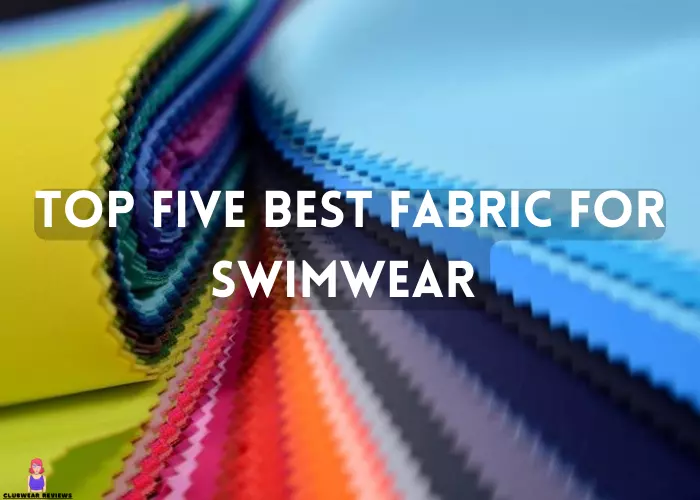
Nylon swimwear: Pros and cons.
Regarding Swimwear, there’s no debate that nylon is the best fabric.
But there are a few drawbacks.
Polyester swimwear: Pros and cons.
Swimsuits are typically made from either nylon or polyester. Nylon is a popular choice because it dries quickly and is durable. Polyester is also a good choice for Swimwear because it is durable and doesn’t fade in the sun. However, polyester can be hot to wear and can sometimes cause skin irritation.
What else is looking for in swimwear materials?
There are a few other things to look for when choosing the material for your Swimwear. First, you’ll want to make sure that it is chlorine-resistant. This is important as chlorine can cause the fabric to fade and lose elasticity over time. You’ll also want to look for a quick-drying fabric, as this will help keep you cool and comfortable while swimming.
Other best fabrics for sewing swimwear
Swimsuits are a summer staple, but what is the best fabric for swimwear and what type of fabric should you use to make them?
No matter what fabric you choose, wash and dry it before sewing it into a swimsuit – this will help prevent shrinking and fading.
Fabrics to avoid For Swimwear
When choosing what is the best fabric for swimwear, and what fabric to make your Swimwear out of, it is crucial to consider a few things.
The best way to decide which fabric is suitable for you is to try on different suits made from other materials and see which one feels the best.
How to test your swimwear fabric?
When you’re looking for the perfect fabric for Swimwear, you want something that is both comfortable and durable. You also want to make sure that the fabric is safe for swimming. Here are a few tips on how to test your swimwear fabric.
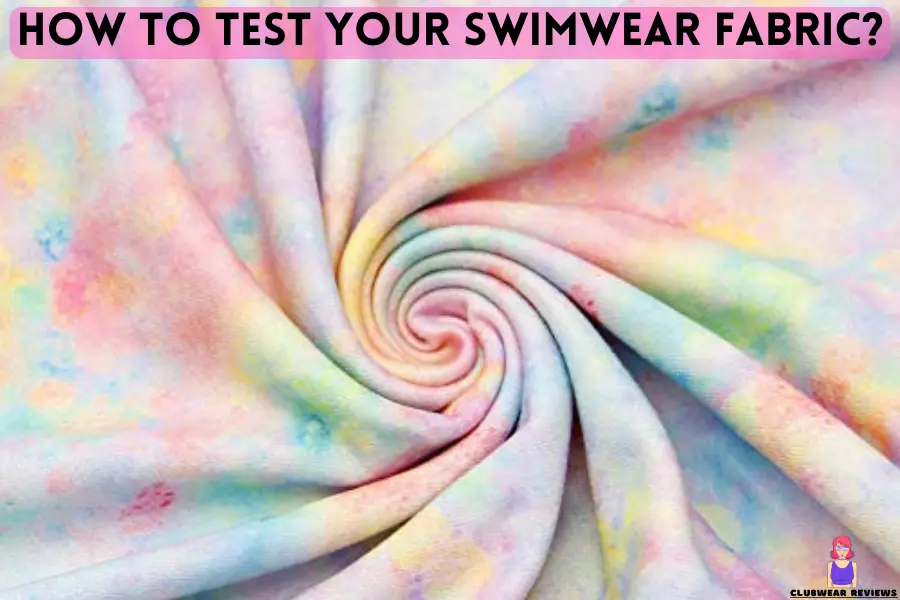
Best swimwear for women
When looking for Swimwear, there are a few things to consider in addition to the material the swimsuit is made from. The fit of the suit is important, as is the style. Some women prefer a one-piece suit, while others like bikini bottoms and a tank top. There are also different styles of bikinis, such as high-waisted or low-rise.
Another thing to consider is the color of the swimsuit. Dark colors can be slimming, while bright colors may make you stand out more on the beach. If you’re looking for a swimsuit that will last for more than one season, choose one made from a durable fabric, such as nylon or polyester.
Final Verdict on what is the best fabric for swimwear?
The debate over the best swimwear fabric has been around for years. Different fabrics have different benefits and drawbacks, so it can be hard to determine which one is truly the best. Polyester is often the best material because it’s durable and doesn’t soak up water, making it lightweight and quick-drying.
Nylon is another popular choice because it’s also durable and resists fading in the sun. Spandex is a good option for those who want a little more stretch in their Swimwear, while cotton is better for those who prefer a more natural fabric.

